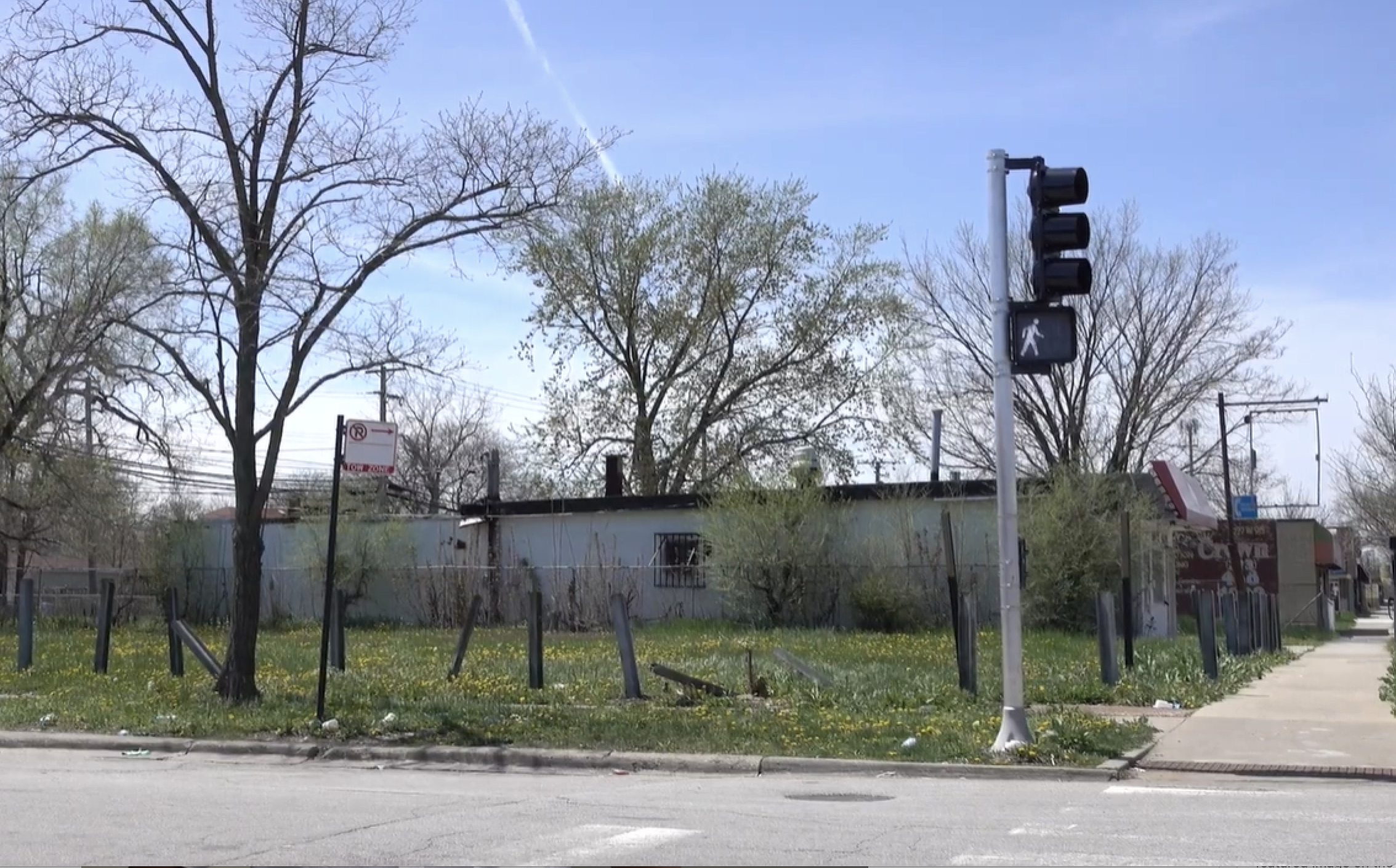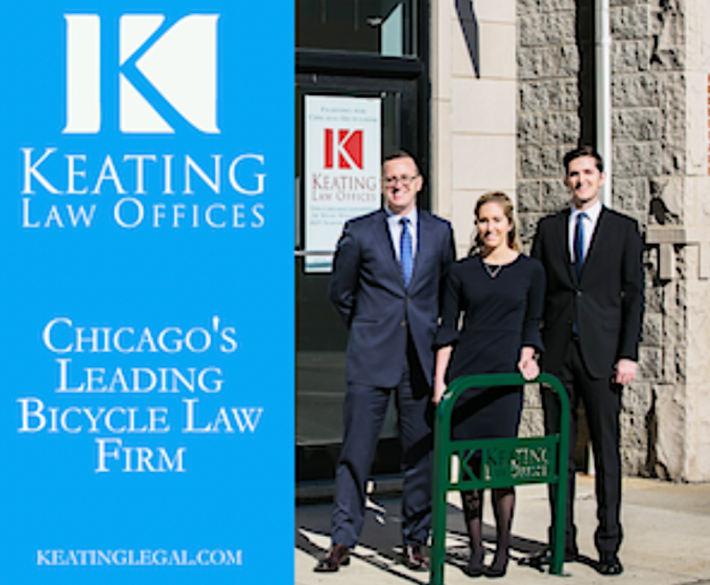
What impact are Chicago’s vacant lots having on quality of life, including transportation access, in the communities where they're located? Elevated Chicago and the Institute for Housing Studies at DePaul University recently looked at that question. They produced two new case studies looking at "Chicago’s Vacant Lots Near Transit: An ETOD [Equitable Transit-Oriented Development] Deep Dive"
The two studies were focused on areas near the Red Line Extension project area and the new Garfield Park Eco-Orchard.The work was done collaboration with community organizations in Chicago’s Roseland/Washington Heights and East Garfield Park neighborhoods.
Some key finding from the case studies (their wording):
- Of the nearly 8,800 City-owned vacant lots in Chicago, more than 80 percent are in communities that are at least 80 percent Black, while less than one percent are in majority-white areas.
- Over 43 percent of those City-owned vacant lots are located near a CTA train station.
- Approximately 90 percent of these transit-accessible yet undeveloped lots are located in predominately Black neighborhoods.
- The case studies found that privately-owned vacant lots follow similar patterns.
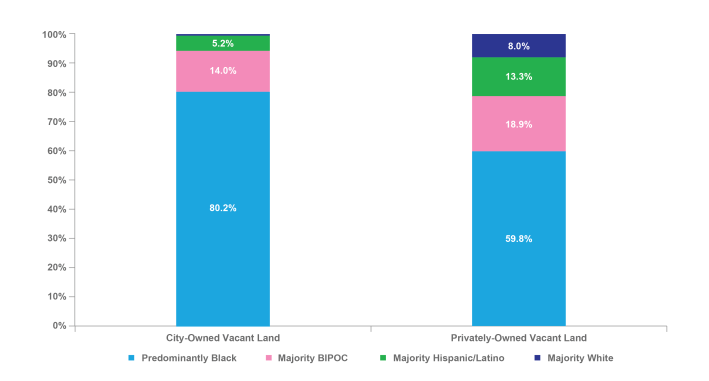
"Vacant lots, particularly in our South, Southwest, and West Side communities, are most often a product of long term historic and sustained disinvestment," said case study coordinator Marly Schott of Elevated Chicago, a collaborative that promotes ETOD. "And over time, that disinvestment really pushes people out of their communities in search of something different, in search of communities that have more of the things that they need, they want and they deserve. And so then over time, those properties become abandoned. They fall into disrepair... and then the buildings are torn down. Those vacant lots then often end up in the hands of either the city or private landowners."
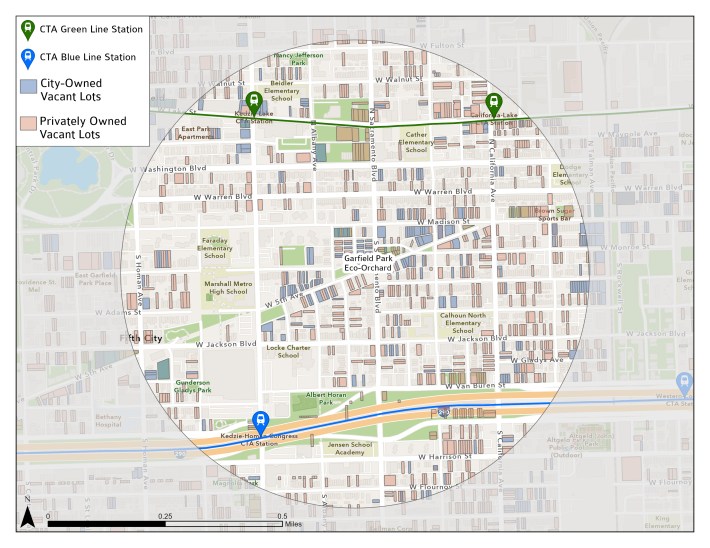
When a neighborhood falls into neglect, as Schott described, then residents are less likely to venture outside their homes to use transit because it might not feel safe or welcoming. That can lead to a decrease in retail and gathering spaces, the kind that would actively encourage people to be active in their community. According to Schott, that and the increase in vacant lots could also contribute to more crime.
Geoff Smith, executive director of the Institute for Housing Studies, said one big takeaway from the studies is that the amount of vacant land near train stations on the South and West sides illustrates that the need for for more encouragement of TOD there. He said city policies to incentivize development near transit, such as reduced on-site car parking requirements, aren’t having the same success in these parts of town that they are on the North Side.
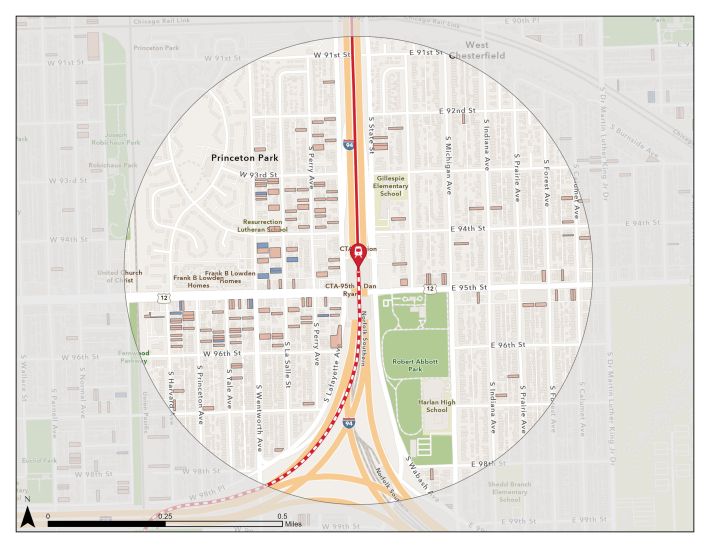
"One of the key challenges that we wanted to illustrate with this data was that... there still needs to be additional effort made to attract new investment near transit [on the South and West sides],” Smith said. "That was one of the things that we wanted to dig into further using these two case studies near the Kedzie Green line station in [East Garfield Park] and [in Roseland/Washington Heights near the 95th/Dan Ryan Red Line stop]. What do community members want that new development to look like? What are some of the community needs?"
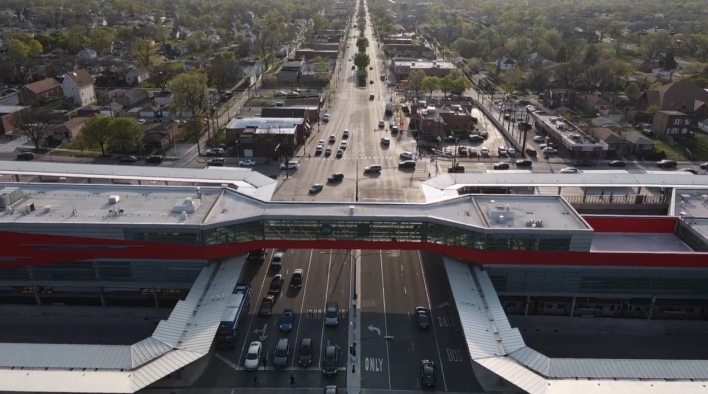
According to Schott, the vacant lots present an opportunity for the residents to feel themselves and their culture reflected in their community if done correctly. "Vacant lots can really be whatever communities imagine. But oftentimes communities are not engaged in the redevelopment of vacant lots."
The "Chicago's Vacant Lots Near Transit" webpage states that redevelopments are more likely to bring about positive change when they:
- "Place residents and community stakeholders at the center."
- "Engage the community in the process from the beginning."
- "Actively work to meet the needs and wants of the community."
- "Express or amplify community culture, history, and legacy."
The websites also include videos of residents sharing their perspective on vacant lots in their communities, such as the one below about East Garfield Park.
"We want to focus on making sure that legacy [longtime] residents are able to continue to stay here, as well as the opportunity for people with lower incomes to be able to buy and own homes here," said Brian Keith Ellison, president of BKE Designs furniture design firm, in the video. "What helps is providing the community with an opportunity to voice their opinion on things that they feel should and should not happen. It's not a guarantee that... their opinions are gonna be followed, but if nothing is said, and anything can happen, a lot of these meetings... there's a lot of contentious dispositions because they just don't trust it. And I can definitely understand that because there have been many times in the past in the city where... communities have just been transformed into these... high luxury places where residents that used to live there can no longer afford to live there. And again, that's just something that we are really working hard at, just trying to make sure that that doesn't happen."
The "Chicago's Vacant Lots Near Transit" website also provides many resources if you’d like to get involved in creating more ETOD and other constructive uses for vacant land. These include City vacant lot programs like ChiBlockBuilder or by getting in touch with a nonprofit like The Endeleo Institute. You can also contact Elevated Chicago directly if get involved or have further questions.

Did you appreciate this post? Please consider making a tax-deductible donation to help Streetsblog Chicago keep publishing through 2025. Thank you.
